On October 19, 1983, a group known as the Revolutionary Military Council (RMC) executed Grenadian Prime Minister Maurice Bishop and several key advisors. The RMC, led by General Hudson Austin, sought to establish an even more extreme Marxist government on the island nation. This development was a cause for concern for the United States, as the recent construction of a 10,000-foot runway capable of accommodating large military transports, combined with the presence of hundreds of American citizens on Grenada, made it feared that the island could become a Soviet ally close to U.S. shores.
President Reagan authorized the U.S. military to intervene and carry out a noncombatant evacuation operation (NEO) to evacuate American students and restore a more moderate government in Grenada. The mission, called Urgent Fury, was an opportunity for the U.S. Special Operations community to rebuild its reputation after the failure of the Iranian hostage rescue attempt in 1980. The task force deployed for the operation included a wide range of U.S. military units, such as the U.S. Army Rangers, 82nd Airborne Division, Navy Seals, Army Delta Force, Air Force Special Tactics Combat Control Teams, and Squadrons equipped with MC-130 Combat Talon and AC-130 Spectre gunships. The 22nd marine amphibious unit, which was initially slated for deployment in Lebanon, was also included in the mission.
The invasion of Grenada on October 25, 1983, also known as D-Day, marked the beginning of military action by the United States. The initial troops on the ground were from the Navy Sea Air Land (SEAL) teams. On October 23, SEAL Team 6 conducted a reconnaissance mission to gather intelligence on the Point Salines airport runway conditions for an airborne assault by U.S. Army Rangers. The team was also responsible for placing signal beacons on the ground to guide the Rangers.

The SEAL team consisted of 11 SEALs, a USAF Combat Controller, and three Zodiac F470 rubber boats. The team was deployed by static-line parachuting from a C-130 cargo plane at an altitude of 500 feet. Unfortunately, four of the SEALs drowned due to the overburdening of equipment and entanglement in their parachutes. After searching for the missing SEALs, the remaining team resumed the mission but encountered several challenges. After a vicious surf swamped their Zodiacs, they had to evade an enemy patrol boat and paddle to a pickup point.
The following night, the SEALs were deployed again but faced similar obstacles and could not gather significant intelligence. On the morning of D-Day, another team from SEAL 6 was tasked with securing the Radio Free Grenada transmitting station. The team successfully seized the station but had to destroy the transmitter and retreat to the ocean after being counterattacked by enemy forces.
While the mission was considered a success in destroying the enemy’s ability to use the transmitter, it is believed that it should have been assigned to U.S. Army Special Forces or Rangers instead of the SEALs. The SEALs are designed for quick and decisive actions, not long-term battles, and are not equipped for extended engagements.
The third mission carried out by Seal Team 4 involved a beach reconnaissance, which was executed to perfection. The mission’s objective was to gather information about a potential landing site for marine amphibious forces near Pearls Airport. Seals are highly trained to assess the water depth, evaluate the suitability of a beach for vehicle use, and estimate the enemy defenses. On the night of the 24th, the Seal team launched in Zodiac boats, braving the harsh weather conditions of heavy rain and rough sea swells. They managed to evade detection by multiple enemy patrols and reached the beach undetected. After two scout swimmers assessed the enemy defenses and reported their absence, the team conducted a thorough reconnaissance. It determined that the beach would not be suitable for an amphibious landing. The Seals reported their findings by sending the code “Walking Track Shoes,” indicating that an air insertion would be necessary. They remained on the beach until dawn when they were relieved by marines who had secured the Pearls Airport.
The final mission of the Seals was a “Snatch and Grab” operation to rescue Governor General Sir Paul Scoon and his wife. The Seals were tasked with inserting themselves near the mansion via helicopter fast rope, securing the couple, and evacuating them to safety. The insertion went smoothly, and the Seals took control of the mansion without opposition. However, as the Seals were identifying the governor-general, an enemy counterattack was organized using BTR-60 armored cars, and the Seals found themselves trapped inside the building. The enemy troops attempted to storm the mansion, leading to a firefight, which was eventually driven back by a Seal sniper who engaged the troops from the roof of the building. The Seals were trapped in the mansion for nearly 24 hours until they were relieved by a small marine unit the next day. Unfortunately, two marine Cobra helicopters were shot down during the attempts to rescue the Seals, resulting in the loss of three marines. It is also reported that a UH-60 Blackhawk was downed, resulting in the death of one Seal and one Army officer. Despite being underprepared to fight a sustained battle, the Seals relied on their training and tactical positioning to complete the mission. General Scoon, his wife, and nine aides were evacuated without injury.
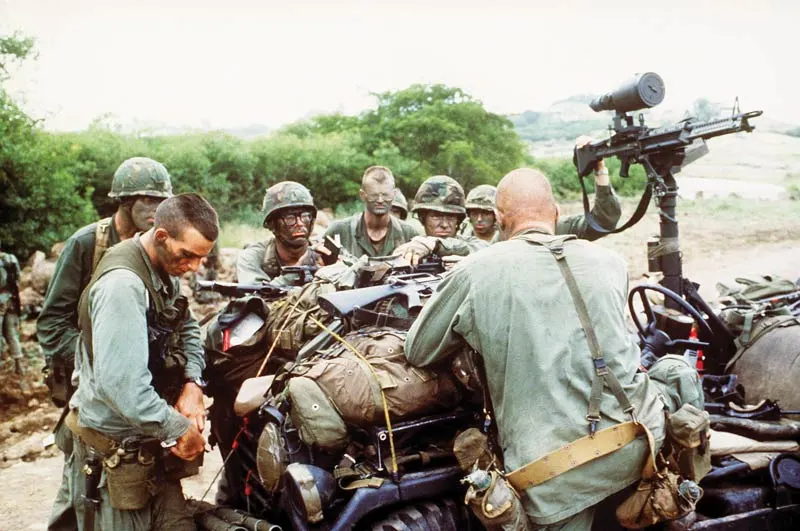
The U.S. Army Rangers were a critical component of the successful invasion of Grenada. They were tasked to secure the Salines Airport and the True Blue Campus of the Grand Anse Medical School. The plan was to air land three C-130 Hercules aircraft on the runway, disembark, and engage with any opposition forces to secure the airfield. After securing the airfield, the 82nd Airborne Infantry would arrive and relieve the Rangers, allowing them to move to secure the southern part of the island. A company of Rangers was also tasked with ensuring the safety of American students at the True Blue Campus.
The Rangers had limited time to prepare for their role in the invasion, known as Urgent Fury. They were at Hunter Army Airfield in Georgia after receiving orders, ready to board C-130s and MC-130s for the mission. Their first objective was Point Salines airfield, to secure the American medical students at the True Blue Campus. They then aimed to take control of the Army camp at Calivigny.
Unfortunately, the Navy SEAL team could not provide intelligence on the airfield at Salines as planned. The H-hour for the operation was delayed multiple times until it was scheduled for morning twilight due to problems with the inertial navigation equipment in the lead MC-130s and communication issues, as the aircraft’s cargo doors did not have hatch mount antennas. Nevertheless, the Rangers were determined to complete their mission and played a crucial role in the successful invasion of Grenada.
As they were flying, the Rangers received news of potential obstructions on the landing field based on photographic intelligence. Most transport planes were redirected to Salines, leaving the Rangers with no choice but to parachute onto the runway. Despite the lack of intelligence from the Seals and the MC-130 Combat Talon sensors showing that the runway was blocked, the Rangers executed a complex in-flight Parachute Rigging procedure in preparation for the jump.
The jump was challenging, as the Rangers would be jumping from a low altitude of below 500 feet without reserve parachutes. However, a mix-up occurred in the air when the lead plane’s navigation system failed, causing it to slow down and allowing the other planes to overtake it. At dawn, the first group of Rangers jumped in a coordinated formation and landed on the runway. Unfortunately, the first jumpers to arrive at the drop zone (DZ) included the command and staff elements, who immediately came under fire from a small group of Cuban engineering reservists.
In some aircraft, the men were instructed to remove their harnesses, rucksack, and parachutes, which were placed in kit bags and moved to the front of the plane to facilitate off-loading troops and cargo. But, as the troops were re-rigging for the drop, they received news from the USAF Loadmasters that they only had 30 minutes of fuel left, and the Rangers were still in combat. The troops had to act quickly, unpack non-essential equipment, and put on parachutes. Rucksacks had to be hooked under the reserve pack, and weapons had to be strapped to the left side. Due to time constraints, the jumpmaster couldn’t inspect each man individually, so the troops had to rely on the buddy rigging system.
The lead MC-130 faced a setback when its navigation equipment malfunctioned, and the pilot reported that he couldn’t guarantee to find the landing zone. The weather conditions, characterized by rain storms, made it impossible to perform a lead change. As a result, both lead aircraft veered to the south. The rearrangement of the aircraft meant that the planned order of arrival was no longer possible, which posed a challenge for the attached 82nd Airborne Division Combat Engineer runway clearing team.
However, the Rangers did not back down, and at 5:34 am, they initiated the mass parachute assault, a previously planned contingency. This allowed them to proceed with their mission even though the order of exit from the aircraft was altered. They requested the mass drop, but the Air Force declined to conduct it.
Despite the challenges, the first Rangers dropped at Salines with a platoon of “B” Company, 1/75 and the Battalion Tactical Operations Center (TOC) following 25 minutes later. The rest of “A” Company, 1/75, minus seven men, dropped over Salines an hour later, around 6:34 am. The last unit finally touched down on the ground just after 7:00 am.
Assembled on the east end of the runway, the men of 1/75 were still awaiting “C” Company, 1/75, which had been sent with sixty Special Operations Detachment Delta (Delta Force) troops to take the Richmond Hill prison. However, the mission was canceled due to the lack of a target to rescue. The Delta operators then helped secure the surrounding hills for the drop. The Ranger battalions were already operating below their optimal strength due to a limited number of aircraft and aircrews trained for night operations.
The drop zone was very narrow, with water on the north and south sides just a few meters from the runway. The Rangers dropped from an altitude of 500 feet, giving them a 12-15 second airtime and keeping them out of sight from Cuban anti-aircraft guns. Over an hour and a half elapsed from the first drop of 1/75 to the last unit landing on the ground.
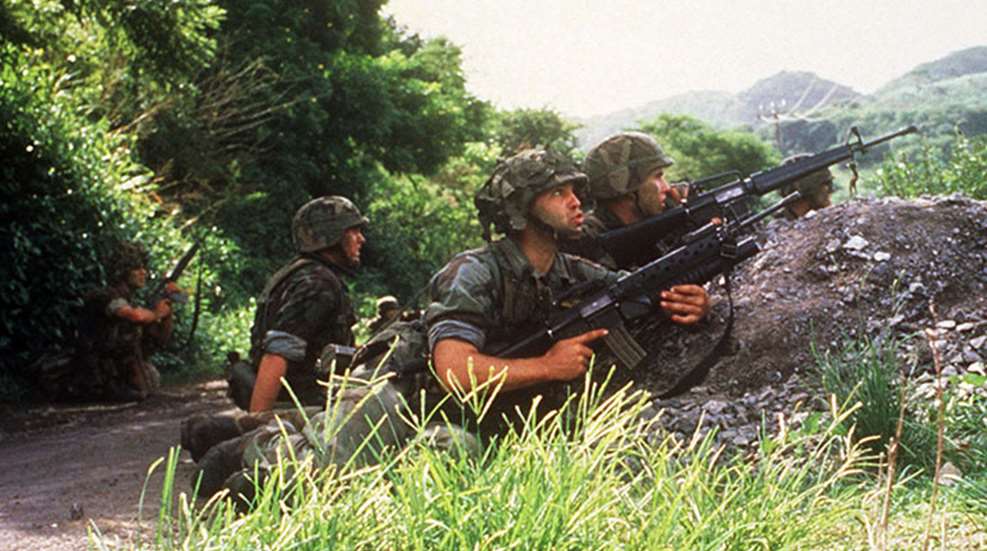
The second Battalion of the 75th Ranger Regiment, 2/75, began their drop at 07:07. After several hours of orbiting, waiting to unload and refuel, the 2nd Battalion dropped in a much shorter period, with all but one man safely on the ground. One Ranger broke his leg while landing, and another got his static line tangled as he exited the aircraft. The 2nd Battalion assembled on the western end of the runway.
Eric Haney, the Command Sergeant Major and a Delta Operator who fought in the invasion of Grenada, describe the event in his book “Inside Delta Force.” He saw the C-130s approaching the airfield and the Rangers jumping out of the planes at a low altitude. The first pass of planes dropped about a company of Rangers, and as the planes circled back for the second drop, two armored vehicles rolled out onto the airfield and started firing their machine guns and heavy cannon. Haney expressed frustration about the situation, but the Rangers quickly responded with two 90-millimeter recoilless rifles, abruptly ending the armored threat. The second pass of planes was overhead, and the air was full of green parachutes as more Rangers landed on the runway.
The situation changed quickly as the automatic weapons fire shifted from the airplanes to the men on the ground. The initial moments after landing were dangerous for the Rangers as they were vulnerable and had no time to reorganize. However, the situation took an unexpected turn when the Rangers, as one unit, rose from the ground, shouting their war cries and charging toward the enemy guns. The attack was led by a Corporal who, frustrated with the situation, shouted, “I’ve had enough of this shit!” and took off across the airfield towards the enemy positions. This spontaneous act inspired every man near him to follow, and the attack spread quickly up and down the runway. This sudden and bold move silenced the enemy guns within ten minutes.
The landing of the Rangers‘ third and final pass was almost unhindered, and 1/75 was no longer under effective fire. The Rangers then cleared the runway of blocking trucks and bulldozers, some of which had keys while others were hot-wired. A Cuban bulldozer was used to flatten the stakes and push aside the drums placed on the runway, and the Rangers worked without interruption for 15 minutes as there was no enemy fire.
By 10:00 am, the 1st Battalion 75th Ranger Regiment had established a secure perimeter around the airfield. The second platoon was located at the True Blue Campus, while the first and third platoons were positioned north of the runway. The “B” Company held high ground near the Cuban headquarters. The units of 2/75 cleared the surrounding areas, including the west side of the airfield and the north of the drop zone at Canoe Bay. The airfield was now secure, and the C-130 aircraft, which had gone to Barbados to refuel, returned with equipment not dropped during the initial landing, including M151 gun jeeps, motorcycles, and Hughes A/MH-6 Little Bird helicopters.
Later in the day, two Rangers went missing near the positions of “B” Company 2/75. The company commander sent an eleven-man squad under a flag of truce to find the missing soldiers, accompanied by a Cuban construction worker. The Cubans agreed to a ceasefire, and two Rangers and 17 wounded Cubans were evacuated. The remainder of the Cubans eventually surrendered after a brief fight with the 82nd Airborne.
At 15:30 that afternoon, a counterattack was launched towards “A” Company 1/75, consisting of three BTR-60 vehicles. The Rangers successfully defended themselves using rifles, M60 MMGs, LAWs, and a 90mm recoilless rifle. Two of the BTRs hit each other, and the third was shot in the rear and eventually destroyed by an AC-130 Spectre gunship.
Later that day, the Rangers came under fire from a house on a hill east of the runway. After several dud rounds landed near the Rangers, an A-7 attack plane was used to destroy the house.
On the first day of the operation in Grenada, the Rangers secured the airfield and True Blue Campus but faced difficulty in their mission assigned to Delta Force. Delta Force, also known as 1st SFOD-D or “D-Boyz,” was accompanied by Rangers and flown by Task Force 160, also known as the “Night Stalkers.” Their primary objectives were Fort Rupert and Richmond Hill prisons, which held senior advisors and illegally imprisoned citizens. The 160th Special Operations Group was responsible for the covert infiltration and exfiltration of SOF personnel into hostile locations. It dispatched Blackhawks and Little Birds from Fort Campbell, Kentucky and Fort Bragg to a nearby island staging area on Barbados.
However, the mission to Richmond Hill prison proved more challenging as the Delta team had no accurate maps or knowledge of the prison’s defenses. Assigned initially to Seal Team 6, the mission was changed to Delta at the last minute, and they had no time to plan an effective strategy. Due to delays in delivering the Blackhawks, the rescue force would have to go in broad daylight instead of under cover of darkness, making the mission even more difficult.
The Delta Force faced a challenging mission in Richmond Hill prison, located in a valley surrounded by cliffs and defended by anti-aircraft batteries. The team planned to assault the prison by landing Blackhawk helicopters outside the perimeter and fast-roping into the compound. Still, the terrain was more difficult than anticipated, and anti-aircraft fire made it impossible to execute their plan. At least two attempts were made to bring the Blackhawks in to unload troops, but both were unsuccessful due to enemy fire. Some Rangers could walk away from the crashed Blackhawks, but others were severely hurt and could not be immediately evacuated. The situation was different at Fort Rupert, where the assault was successful, and the team could round up their targets quickly without sustaining casualties. The commandos and detainees were eventually extracted by the 160th and transported to the USS Guam for questioning and processing.
In operation to evacuate students from the Grand Anse campus, intelligence failed to inform the Rangers about the presence of students at the second campus until the morning of October 25. Despite light opposition, the Ranger platoon successfully evacuated students from the True Blue Campus. Upon learning of additional American students at the main Grand Anse campus, a heliborne operation was planned with marine airlift from the USS Guam, using CH-46s, supported by fire from AC-130 gunships, ships off the coast, and the last two surviving AH-1T Cobra attack helicopters. The Rangers were to fly in three waves, each with a company of 50 men, to locate the students and extract them with four CH-53Ds waiting offshore.
However, during the lift-off, the order of the aircraft became confused, and the first load missed the designated beach in front of the campus. One helicopter shut down and was abandoned in the surf, but the Rangers escaped. The CH-53Ds were brought in to remove the students, and the CH-46s returned to extract the Rangers. The operation was completed in 26 minutes. However, 11 men sent as the flank guard did not return. By radio, they were told to move toward the positions held by the 82nd Airborne, but the Rangers were not sure they could safely enter those lines, so they decided to use one of the inflatable boats. The rafts were damaged during the air assault, and the Rangers had to swim alongside the damaged boat. They were eventually spotted and picked up by the USS Caron off the coast at 2300.
The attack on Calivigny barracks was carried out on 2/75 and reinforced by “C” (-) 1/75 on October 27. The operation was commanded by a Brigade Headquarters from the 82nd Airborne Division and was supported by USAF AC-130 Spectre gunships, Navy A-7Es, and the Army Airborne Field artillery’s 17 105mm howitzers. The USS Caron would provide naval gunfire support. Four waves of four UH-60 Blackhawks carrying a company were to fly out to sea, fly low over the water, and then head to the beach.
“A” 2/75 was to land at the southern end of the compound, “C” 2/75 was to set down on the left and right, and “B” 2/75 was to land in the southeast, assault suspected anti-aircraft guns and then join the other companies in the north. “C” 1/75 was in reserve and would hold the southern end of the perimeter.
However, things went wrong during the landing as the third Blackhawk crashed into the second one, and the fourth Blackhawk crashed after its tail rotor was damaged. Three Rangers were killed, and four were severely wounded in the crash. Despite the setbacks, “A” 2/75 regrouped, “C” 2/75 and “C”(-) 1/75 landed without incident, and “B” 2/75 landed safely and moved on to its objective.
The barracks were found to be deserted, and the Rangers found nothing. The Rangers slept in the rubble caused by the intense bombardment that night, and this was their last action before returning to the United States.
The Rangers’ mission in Grenada was executed according to standard operating procedures. However, the intelligence of the target areas and the availability of proper maps were challenges faced by the Rangers and all the forces involved in the conflict. Despite these challenges, the mission has been deemed a success, with the American students evacuating and the remaining Americans being secure.
The 82nd Airborne Division and the 22nd Marine Amphibious Unit also had successful missions, showcasing their flexibility and unified command structures. Despite some failures and marginal successes, the Spec Ops units contributed to Grenada’s overall victory. The mission resulted in sweeping changes in policy, including reorganizing all U.S. Army Spec Ops units under the U.S. Army 1st Special Operations Command (SOCOM) and creating a doctrine for low-intensity conflict.
The battle for Grenada was the first inter-service combat for the U.S. military in years. It successfully stopped the spread of Cuban military influence in the Gulf region and restored a democratic government in Grenada. The mission’s success in Grenada paved the way for future successful operations, such as the invasion and takedown of Panama in 1989, which showed the U.S.’s commitment to fighting for freedom on the ground.


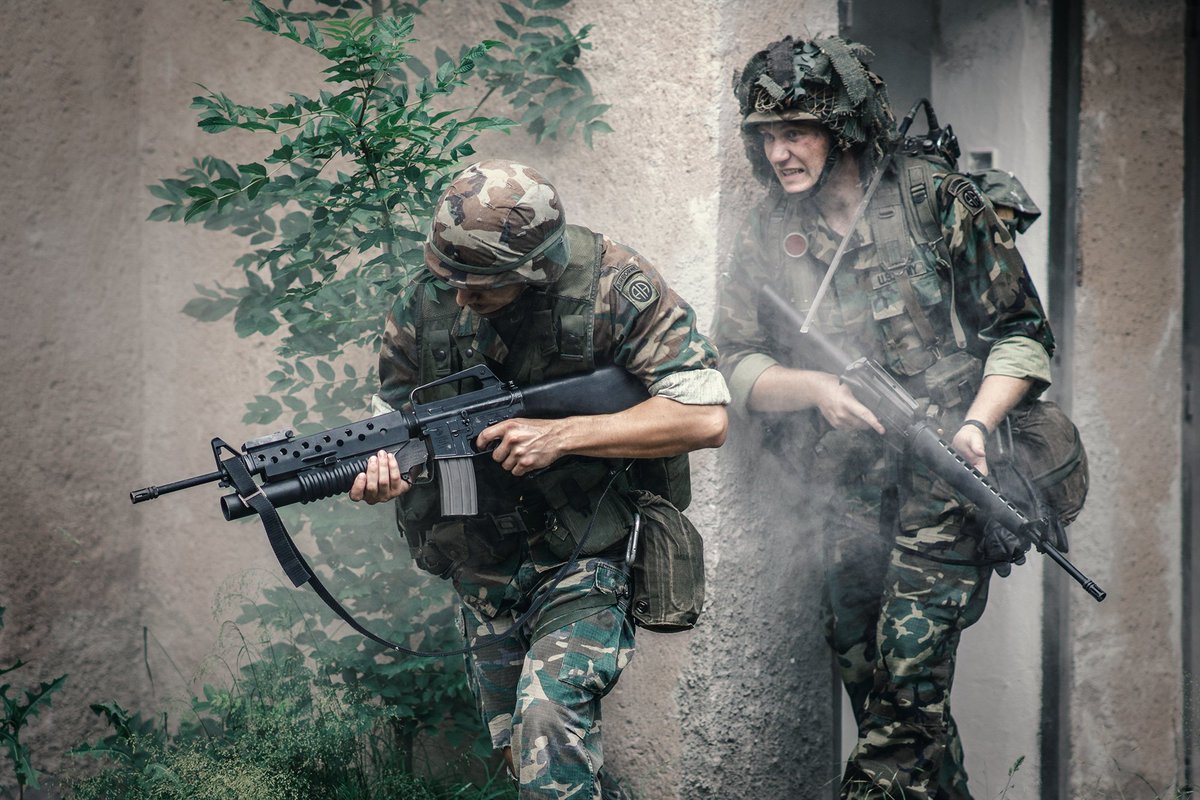
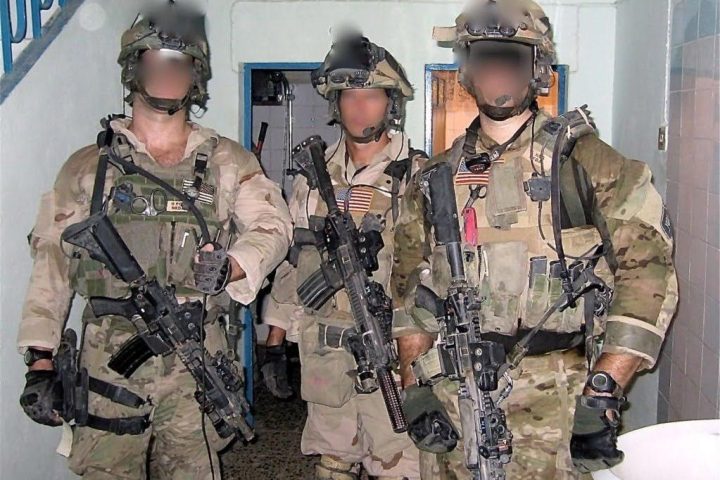
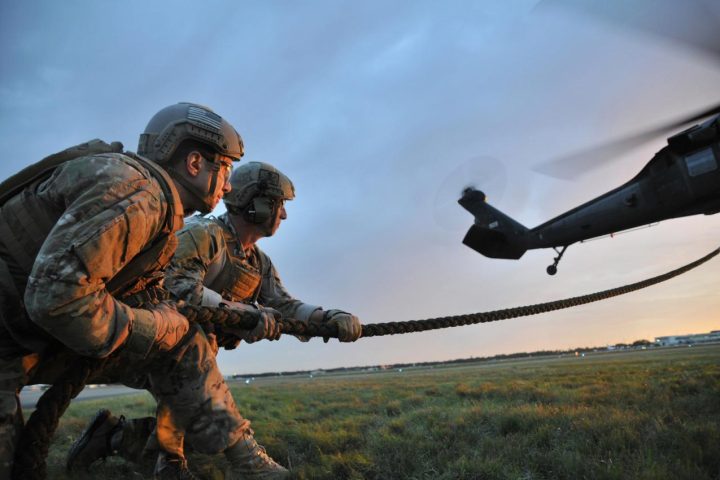
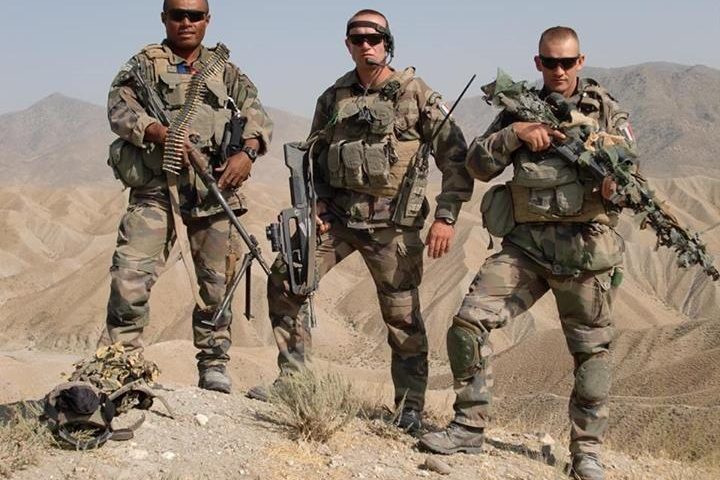
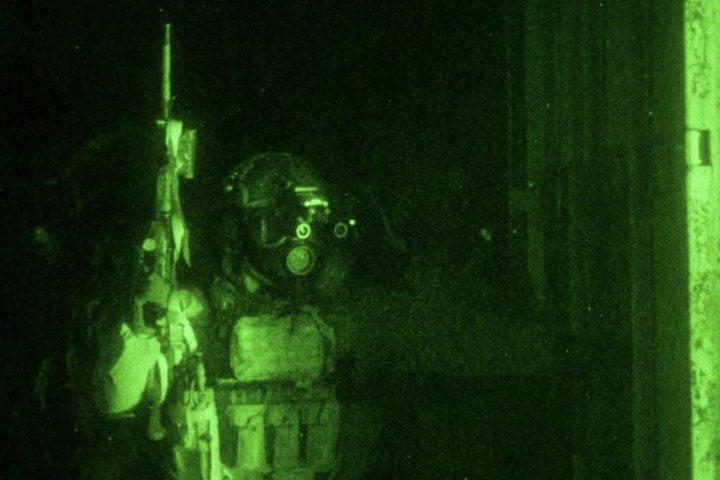
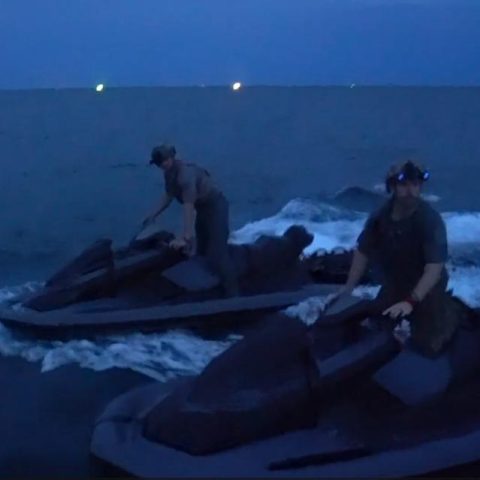
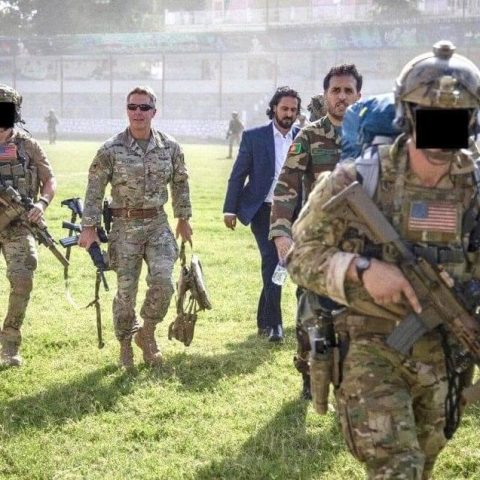
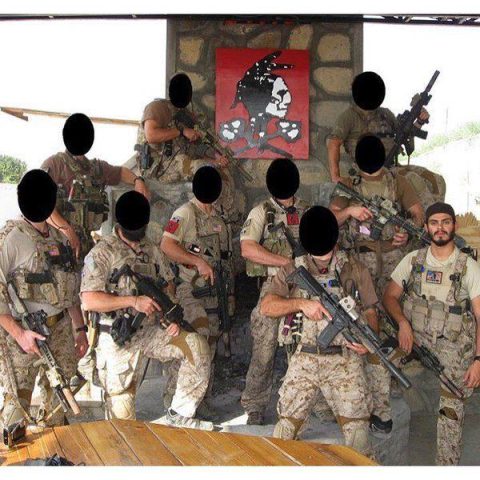
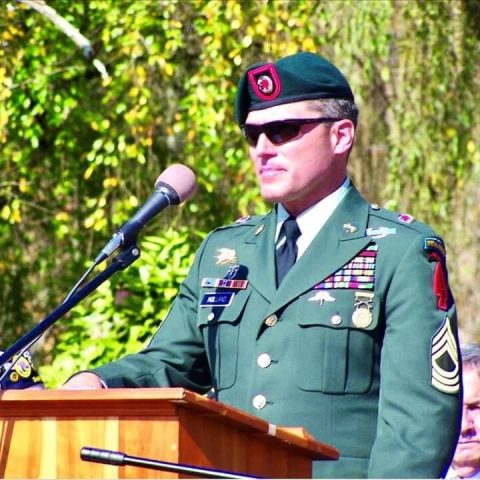
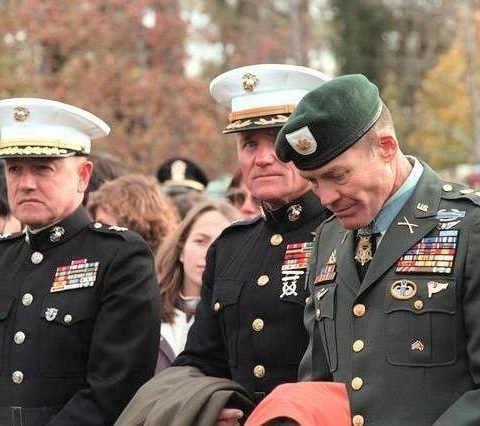
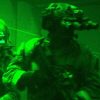
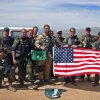
Grand Anse campus mission was done by 2/75